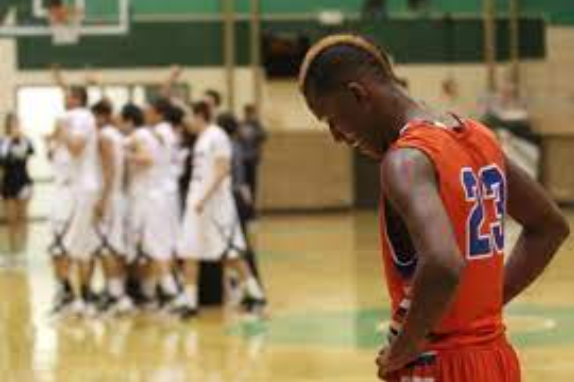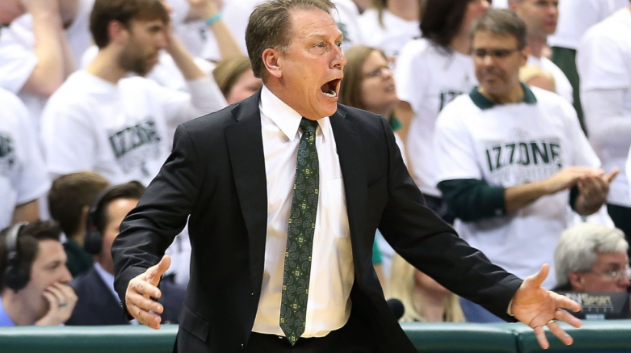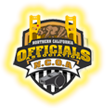

“Did You Know?” – NCOA Basketball Rules Gazette – 2023/24 Edition 1 - Part 2
Rule Scenario 2:
Regulation ends with the game tied. Following the sounding of the horn to signal the end of regulation,
and before the jump ball to start the overtime period, the head coach for team A disrespectfully
addresses an official and is correctly assessed a direct technical foul.
Response
Setting the Stage:
As we all know, basketball is an emotional game. It is understandable that in highly
competitive situations players and coaches will react emotionally. We must use our game management
and communication skills throughout the game (and season and our careers) to build rapport with
coaches and players that allow us to deescalate moments of heightened emotion. That being said, as an
organization, we must all agree and be universally committed to upholding a zero-tolerance policy
against disrespectful, belligerent, and abusive behavior, ensuring it is properly penalized. It can take
courage to enforce the technical foul rule at times, but not doing so is a slippery slope and impacts all of
us as officials. What we permit we promote.

How to Properly Adjudicate this Scenario:
Free throws that result from a technical foul that is committed
after the horn sounds to indicate the end of regulation shall be administered at the start of the overtime
period (Rule 5, Section 6, Art. 2, Exception 4). Any player for Team B is permitted to shoot two free
throws without players on the lane lines to start the overtime period. After the administration of the
free throws, Team B inbounds the ball at the division line opposite the table.
Pro Tip:
In situations where a technical foul is warranted, especially at critical junctures like the end of
regulation or during overtime, it's important to remain composed and confident in your decision. The
pressure of the moment can sometimes lead to second-guessing, but remember that you're enforcing
the rules to ensure a fair and respectful game. After making the call, slow down, separate the players,
speak with your partner(s) to ensure the crew is on the same page, clearly communicate the decision to
the scorer's table. This scenario likely warrants additional brief and concise communication to both
coaches, which should be done individually and to clarify that the free throws will be shot as a part of
the overtime, not the end of regulation. This transparency helps everyone understand the call and the
resulting consequences, reducing potential confusion or conflict.
Stay tuned for more captivating rules scenarios and officiating tips in our upcoming newsletters! If you
have a specific scenario or rules question you'd like us to cover in a future edition of the newsletter,
please email Bill and Blake.
Thank you for your commitment to the game and to upholding its integrity by continually honing your
officiating skills.



